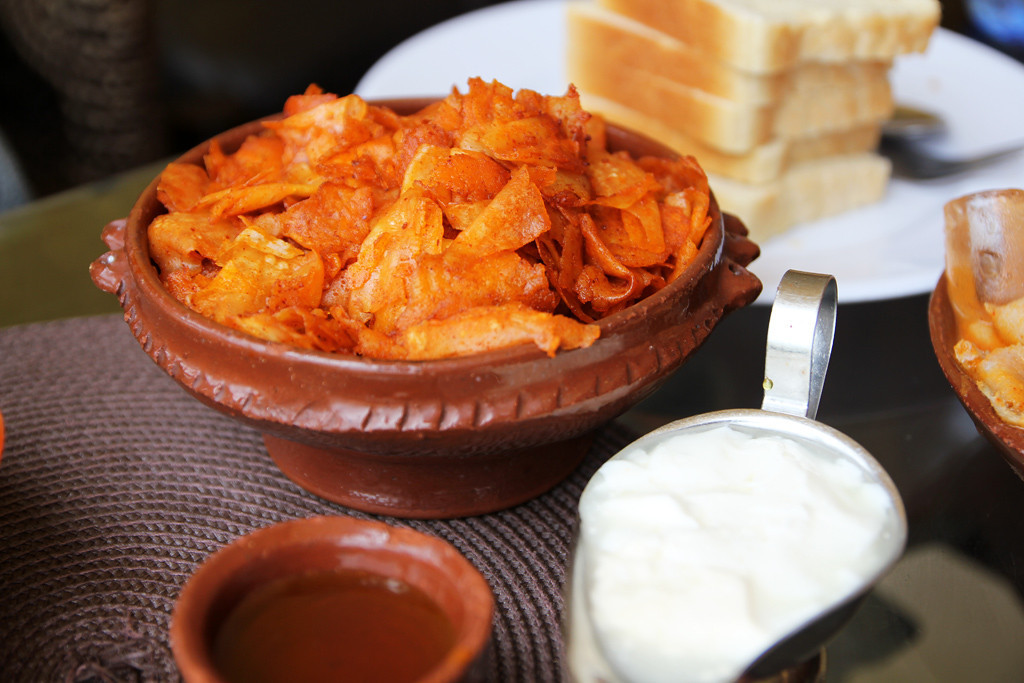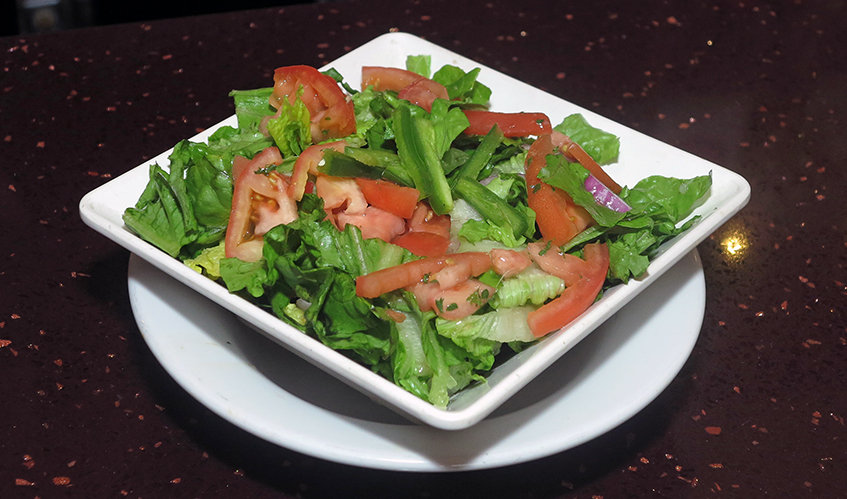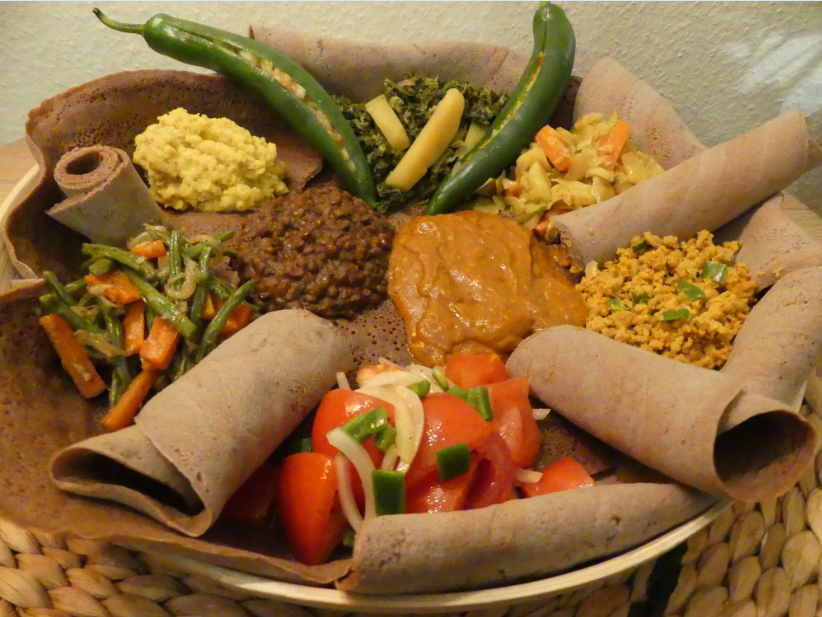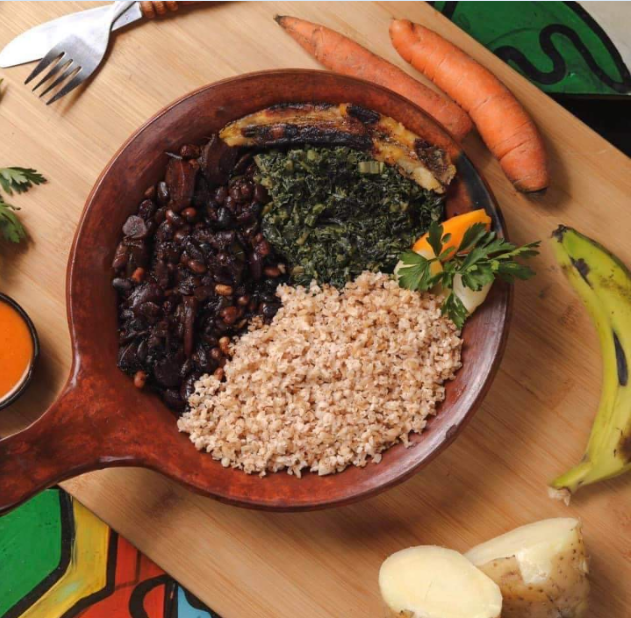
Ethiopia could be one of the one of the best destinations for vegetarian travelers and gastro tourists or culinary tourists. Most restaurants and hotels prepare fasting foods which are free of meat and milk products on the 55 days before Ethiopian Easter, Wednesdays and Fridays; and other shorter fasting seasons. The dishes are prepared from organic and locally produced agricultural products. Here are the best fasting foods vegans should try in Ethiopia
1. Shiro Wat (Chickpea/beans puree)
Along with injera, shiro wat, also called shiro, is one of the most widely preferred dishes in Ethiopia.
Shiro wat is made from chickpea and bean puree, lightly spiced: mixed with garlic and onions, and made into a thick smooth paste. The shiro will be cooked very well and served with injera. There are several restaurants specialize in shiro dish in the capital and regional towns. Shiro is normally eaten with hand by tearing a piece of injera and scoop the shiro.
2. Misir Wat (lentil curry)
Another Ethiopian dishes for the vegetarian is misir wat, or red lentil stew.
The carefully washed lentils are cooked with chopped onion, pepper (berbere) and various spices to give it a nice redness and taste until tender, yet they still have some texture to them. Like most Ethiopian dishes, misir wat is served with injera. Hand is used to eat.
3. Salata (Ethiopian salad)

Timatim salata or tomato salad is one of the popular variations to the Ethiopian Salad.
The main ingredients of the salata are chopped onions, green pepper, tomatoes and seasoned with salt, pepper powder, lemon juice, and a drizzle of olive oil. Sometimes avocado slice is added to it.
The freshly prepared salata is served with the injera or bread. It can be one part of beyaynetu (a little bit of everything). The mixed blend of the ingredients makes the dish mouthwatering.
4. Chechebsa or kita fir fir (ጨጨብሳ /ቂጣ ፍርፍር )
Chechebsa is one of the very common Ethiopian breakfast dishes. It is made from pita bread, a flat bread type made of teff or wheat. The shredded pieces of bread fried with oil and pepper (butter for non-fasting).
Chechebsa is often served with a side of honey. The contrasting mix of the oily spic, pepper, doughy bread with sweet honey makes the flavor amazingly unique. Fork is the utensil to dig in.
5. Injera fir fir (እንጀራ ፍርፍር)
Fir fir is another Ethiopian specialty dish prepared from soft scrambled injera by mixing with stew or curry. The stew could be prepared with pepper or without pepper. The rolled injera is cut into small bite sized or pieces, mixed with the stew (mostly tomato and onion sauce) and served wrapped with half injera. The spongy nature of injera soaks up the stew and makes the fir fir moist and soft in its texture.
6. A little bit of everything (የጾም በያይነቱ )
Yetsom Beyaynetu (meaning a little bit of everything) is a whole combination of some of the lists mentioned above including shiro, salad, meser (of two types) as well as cooked beetroot, cooked potato, mixed cooked vegetables, suf fetfet and more. It is served by putting small amount from each of them on a platter of injera. Probably it is the best combination for vegans to enjoy wide varieties of options flavor from a single platter.
8. Genfo (porridge)
Genfo is made of barley, teff or wheat floor by mixing it with boiled water. The mix will be stirred and cooked well till it becomes thick. When it is ready, the porridge will be poured into bowl and served hot with pepper minced spinach and oil in hole on the top of it. Like chechebsa, genfo is mostly a morning meal. It is also cooked on the occasion of birth for the mother as recovery and nourishment. Dig in with spoon.
Injera is a national dish mainly made of teff, indigenous fine grain.




